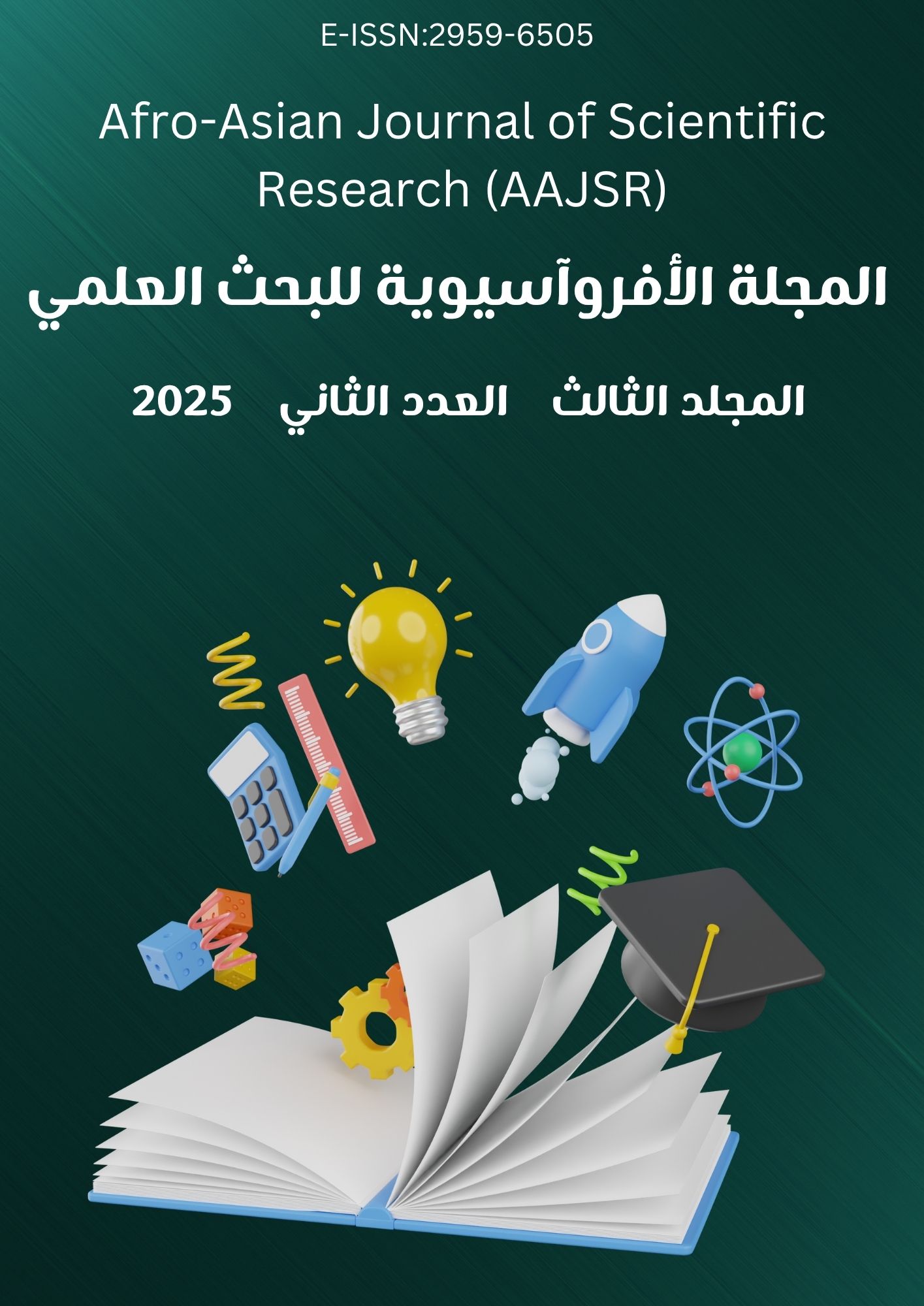Determination of Heavy Metal Levels in Muscle Tissues of Marine Fish from the Western Coast of Libya
Keywords:
Heavy Metals, Marine Fish, Western Coast of Libya, Bioaccumulation, Food Safety, Environmental MonitoringAbstract
This study investigates the concentrations of eight heavy metals (Fe, Zn, Cu, Pb, Cd, As, Ba, and Hg) in muscle tissues of five commercially important fish species: Sparus aurata (SS Kahla), Scomber scombrus (Spark S1), Sardinella aurita (Spark S2), Boops boops (Mankous Z4), and Chelon auratus (Garoos Z3), as well as in sea salt samples collected from the western Libyan coast. The objective was to assess the contamination status, understand species-dependent accumulation patterns, and evaluate potential risks for human health. Fish samples were analyzed using acid mineralization and atomic spectrometry techniques, while mercury was measured by the Storm Hydrothermic Absorption Method. Results revealed that iron (Fe) and zinc (Zn) dominated across species, ranging from 12.3–19.8 mg/kg and 5.7–9.1 mg/kg, respectively. Other metals, including copper (Cu), barium (Ba), lead (Pb), arsenic (As), cadmium (Cd), and mercury (Hg), were detected at low concentrations, with Hg ranging from 0.005–0.014 mg/kg. Statistical analyses confirmed significant species-dependent variations for Fe and Zn (p < 0.05), whereas the levels of other metals remained statistically comparable across species (p > 0.05). Compared with international standards (FAO, EU), all measured concentrations were well below maximum permissible limits, suggesting that the fish and salt analyzed are safe for human consumption. These findings emphasize the effectiveness of existing pollution controls and highlight the need for ongoing monitoring and targeted risk assessments for species exhibiting higher metal accumulation, such as fish from Boukri.





